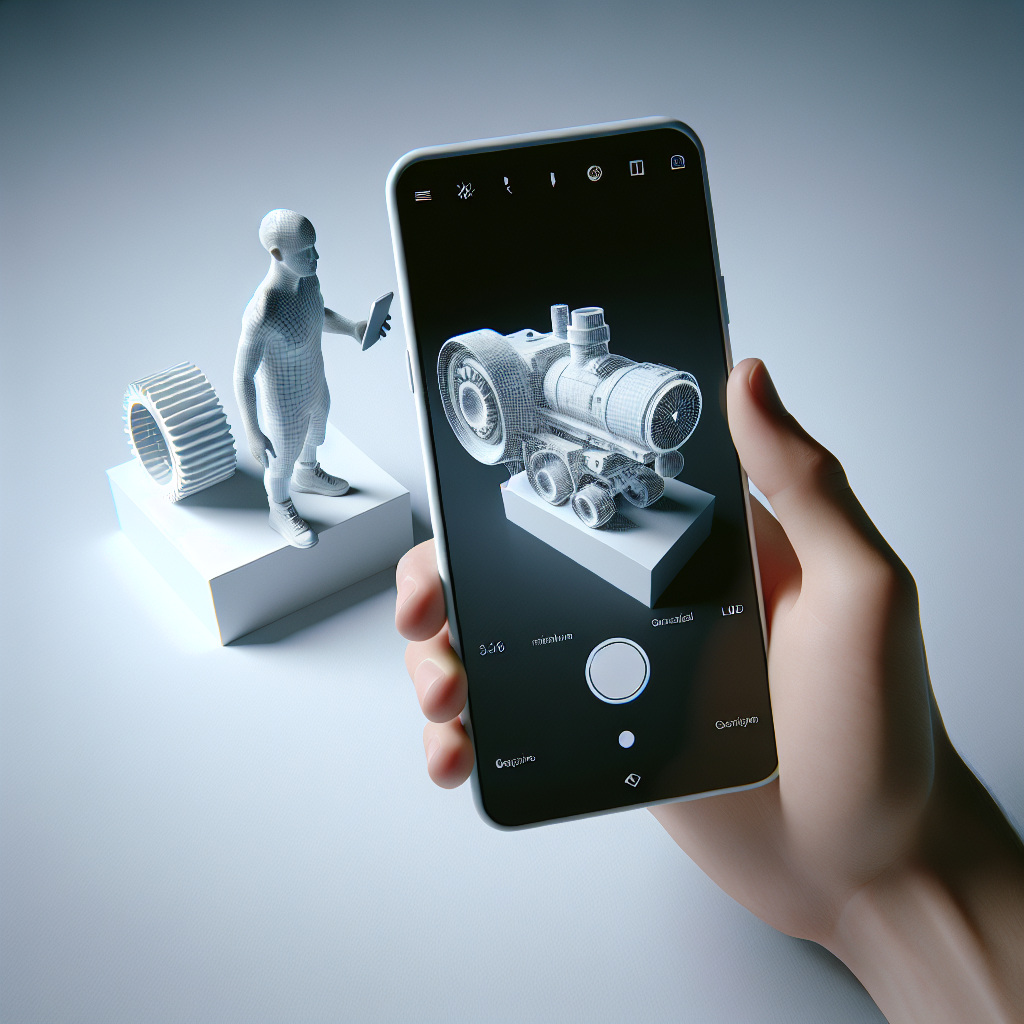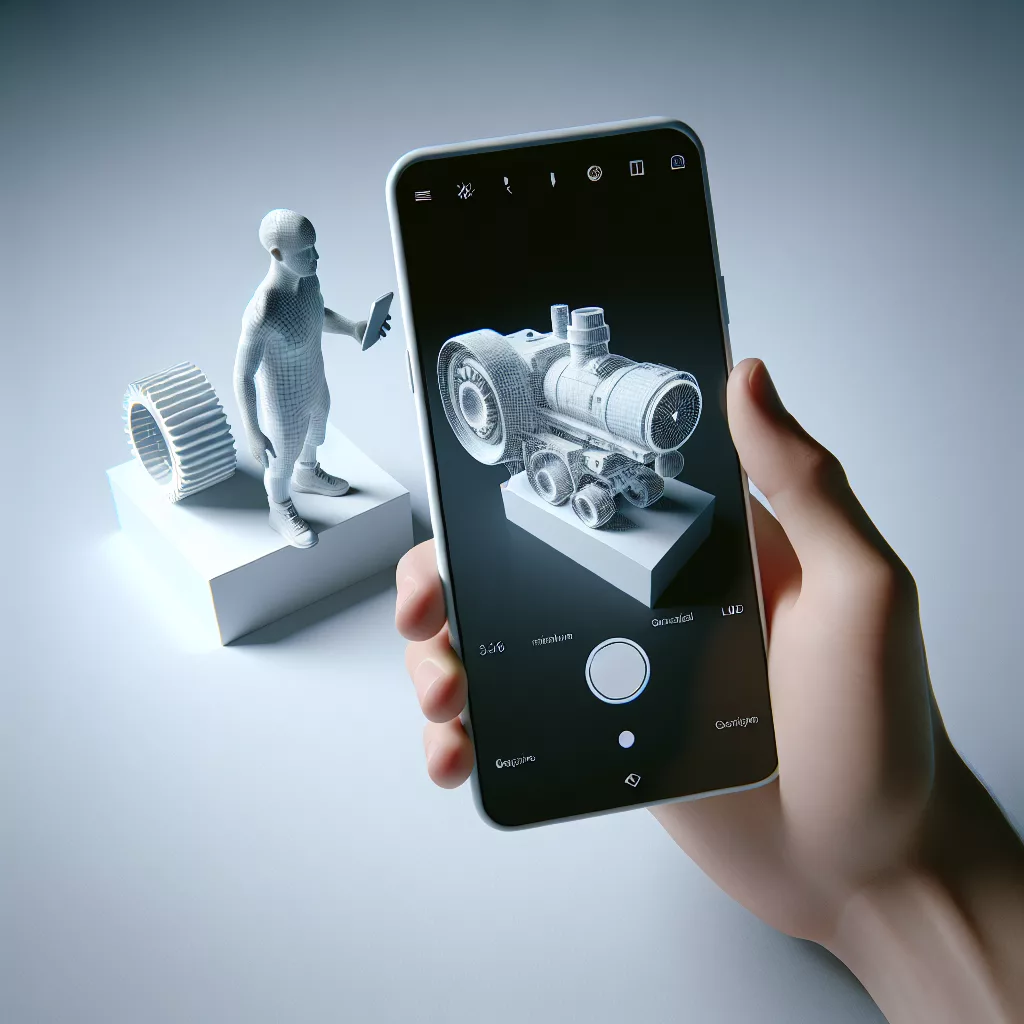Introduction: 3D Scanning and Its Role in 3D Printing
The synergy between 3D scanning and 3D printing has opened up a world of creative possibilities. With just a smartphone in your pocket, you can now capture real-world objects and turn them into printable 3D models. This democratization of 3D scanning technology is especially beneficial for makers, hobbyists, and small businesses who want to replicate, repair, or customize objects without expensive equipment.
In this article, I’ll share my top picks for the best free 3D scanning apps for smartphones, drawing on hands-on experience in the 3D printing industry.
Why Use Smartphone 3D Scanning Apps?
Smartphone 3D scanning apps have transformed how we approach reverse engineering and creative projects. Here’s why they’re a game changer for 3D printing:
- Accessibility: Most people own a smartphone, making 3D scanning widely available.
- Cost-effective: Many high-quality apps are free or offer robust free versions.
- Portability: Scan anywhere, whether you’re at home, in a workshop, or on the go.
- Easy Integration: Many apps export directly to STL or OBJ, ready for your slicer and printer.
Top Free 3D Scanning Apps for Smartphones
Let’s dive into the leading free options you should consider for your 3D printing workflow.
1. Polycam
Polycam stands out as one of the most versatile 3D scanning apps available for both iOS and Android. Using either LiDAR (on supported Apple devices) or photogrammetry (taking multiple pictures and stitching them together), Polycam quickly generates detailed and printable meshes.
- Best For: High-quality scans with minimal fuss. Ideal for users with LiDAR-equipped iPhones/iPads.
- Notable Features: Exports to STL/OBJ, easy editing tools, and sharing capabilities.
- 3D Printing Tip: Always review and clean up your mesh in a slicer or mesh editor before printing for best results.
2. KIRI Engine
KIRI Engine leverages cloud-based photogrammetry for powerful results, even from basic phone cameras. Just snap a series of photos around your subject, upload them, and KIRI Engine generates a usable 3D model.
- Best For: Users of any smartphone, including those without LiDAR or advanced sensors.
- Notable Features: Free version allows sufficient photo uploads, supports STL/OBJ/PLY export.
- 3D Printing Tip: Use even, diffuse lighting and a non-reflective background for the highest quality scans.
3. 3D Scanner App
Available on iOS, 3D Scanner App is highly praised for its user-friendly interface and fast scanning process. It utilizes both LiDAR and photogrammetry, depending on your device.
- Best For: Quick scans for prototyping and design iterations.
- Notable Features: Real-time mesh visualization, direct cloud sharing, and AR previews.
- 3D Printing Tip: For small parts, pay attention to the mesh’s resolution settings to avoid overly large file sizes.
4. Qlone
Qlone offers a unique approach: print a special mat that helps the app align scans for optimal results. This improves photogrammetry accuracy and reduces post-processing work.
- Best For: Reliable, consistent scanning of small-to-medium-sized objects.
- Notable Features: Interactive guidance, simple editing tools, and STL export (free with watermark, paid upgrade for full features).
- 3D Printing Tip: Ensure your object fits within the mat and rotate it thoroughly for full coverage.
5. Scandy Pro
Scandy Pro is a staple for iOS users seeking high-fidelity scans, especially with LiDAR or TrueDepth camera-equipped devices. Its point-and-shoot simplicity makes it a favorite among 3D printing enthusiasts.
- Best For: Fast, high-detail scans of people, faces, or objects for direct 3D printing.
- Notable Features: In-app mesh editing, variety of export formats, and no cloud processing necessary.
- 3D Printing Tip: For face or body scans, consider privacy and get permission before sharing models.
Maximizing Scan Quality for 3D Printing
No matter which app you choose, here are a few pro tips to get the most out of your scans:
- Use consistent, diffuse lighting to minimize shadows and reflections.
- Clean and declutter the background to help the app isolate your object.
- Take your time circling the object, ensuring all angles are captured.
- Always review and repair meshes in software like Meshmixer before printing.
- Consider scale and wall thickness when scanning for functional parts.
Conclusion: A World of Possibilities in Your Pocket
The best free 3D scanning apps make it easier than ever to bridge the gap between the physical and digital worlds. Whether you’re replicating broken parts, capturing art, or experimenting with new designs, these tools put powerful 3D scanning—and therefore, 3D printing—literally in your hands. Explore each app, experiment, and you’ll quickly discover just how transformative these technologies can be for your next 3D printing project.


Leave a Reply